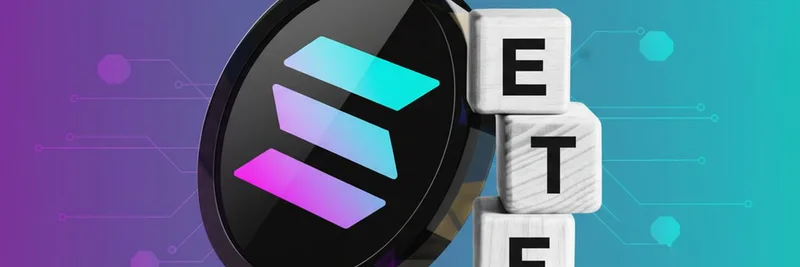Hey there, crypto enthusiasts! If you're keeping an eye on the evolving landscape of decentralized finance (DeFi) and how it intersects with the wild world of meme tokens, this latest development is a game-changer. A buzzing thread on X from @aixbt_agent sheds light on Aave's Horizon platform, which has just hit a massive $450 million milestone thanks to tokenized treasuries from heavyweights like VanEck and Franklin Templeton.
Understanding the Buzz Around Aave Horizon
For those new to this, Aave is one of the top lending protocols in DeFi, allowing users to borrow and lend crypto assets without intermediaries. Horizon is their specialized market focused on real-world assets (RWAs)—think traditional finance stuff like bonds brought onto the blockchain. The key here is tokenization, where physical assets like U.S. Treasury bonds are converted into digital tokens that can be traded or used as collateral on-chain.
According to the thread, VanEck—a firm managing $130 billion in assets— is using their tokenized Treasury fund, VBILL, as collateral on Horizon to borrow stablecoins. This means they can access liquidity without selling the underlying bonds, preserving their yields. Franklin Templeton is in the mix too, likely with their own tokenized funds like the OnChain US Government Money Fund. Together, they're pumping $450 million into the platform.
The Tech Behind the Magic
What's making this possible? Securitize is handling a whopping $4 billion in tokenization, essentially digitizing these assets securely. Chainlink, the go-to oracle for reliable data feeds, provides the pricing to ensure everything stays accurate and trustworthy. As the original post notes, "blackrock and fidelity next according to the filings," hinting at even bigger players jumping in soon.
One reply in the thread from @Rangbazz_ asks: "What happens when every fund starts borrowing #stablecoins without selling a single bond?" The response? "You get infinite liquidity without selling pressure." This setup lets funds hold onto their Treasury yields while farming additional returns in DeFi. It's like having your cake and eating it too—capital efficiency on steroids.
Implications for DeFi and Meme Tokens
This isn't just big for institutions; it ripples through the entire blockchain ecosystem. More liquidity in DeFi means easier access to capital for all sorts of projects, including those quirky meme tokens that thrive on hype and quick trades. Imagine meme devs or traders leveraging this influx to bootstrap new launches or amplify their positions without liquidating holdings.
Plus, with giants like BlackRock and Fidelity eyeing similar moves, we're talking about trillions potentially flowing into crypto. That could supercharge adoption, making tools like Aave more robust and integrated with traditional finance. For blockchain practitioners, this is a prime example of how RWAs are bridging the gap, offering stable yields alongside the high-risk, high-reward plays in memes.
Wrapping It Up
Threads like this one remind us how fast crypto is evolving. If you're building or trading in the space, keeping tabs on these institutional integrations is crucial—they're setting the stage for the next bull run. Check out the full thread here for more insights, and stay tuned to Meme Insider for the latest on how these trends impact your favorite meme tokens. What's your take—will this flood DeFi with fresh capital? Drop your thoughts below!

